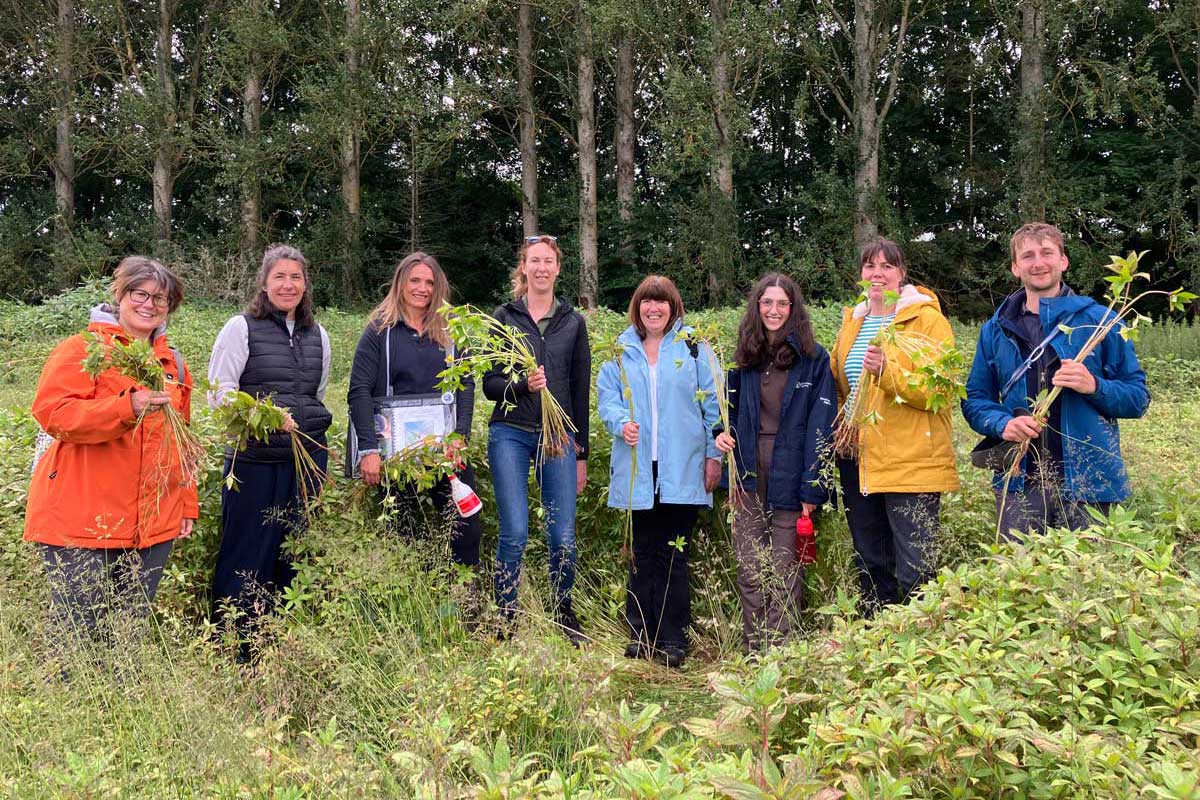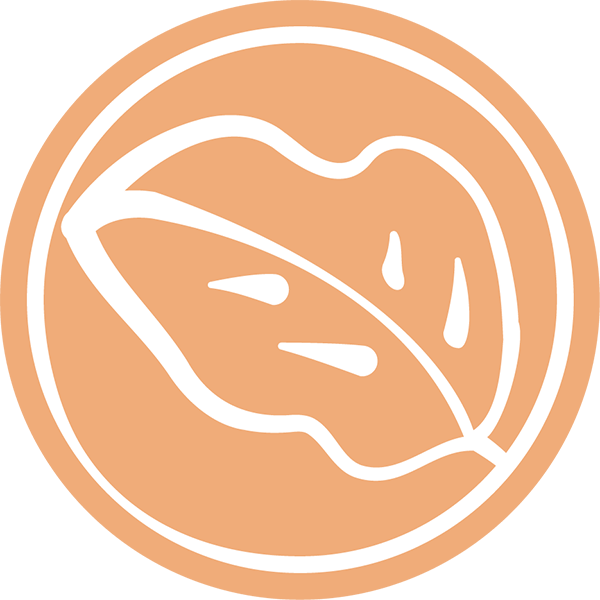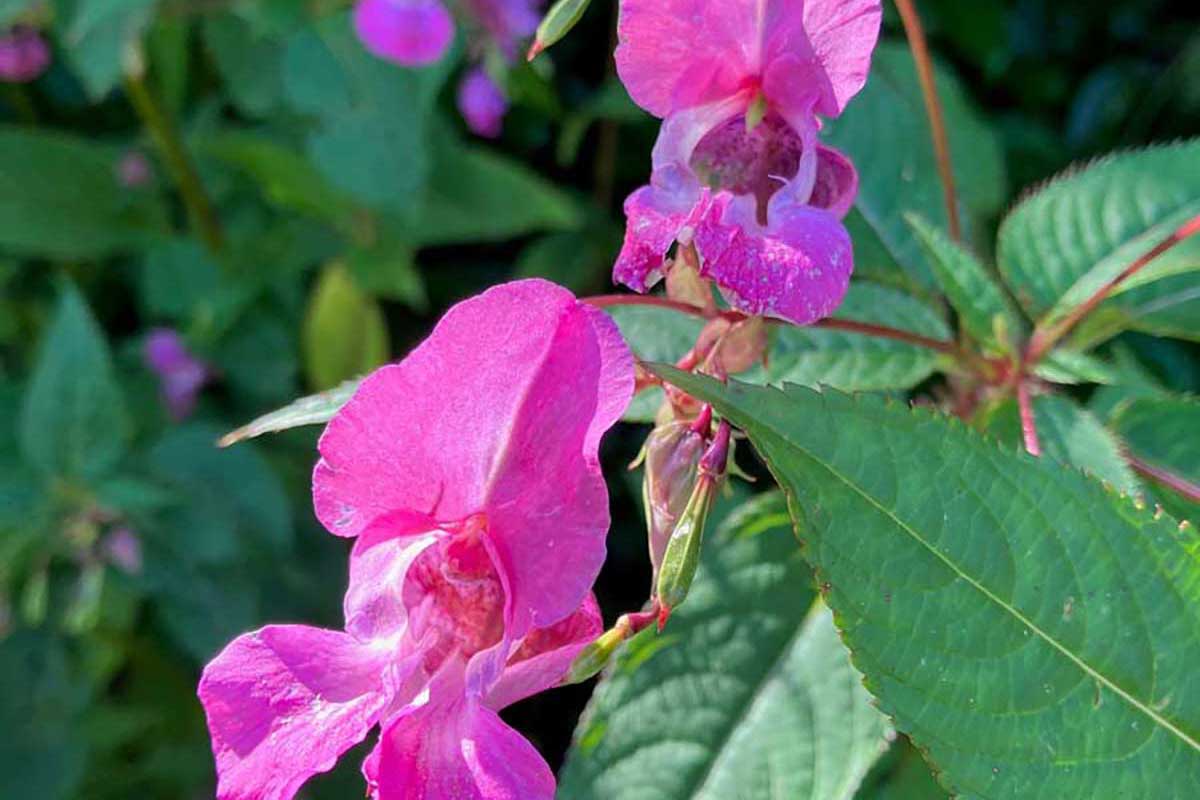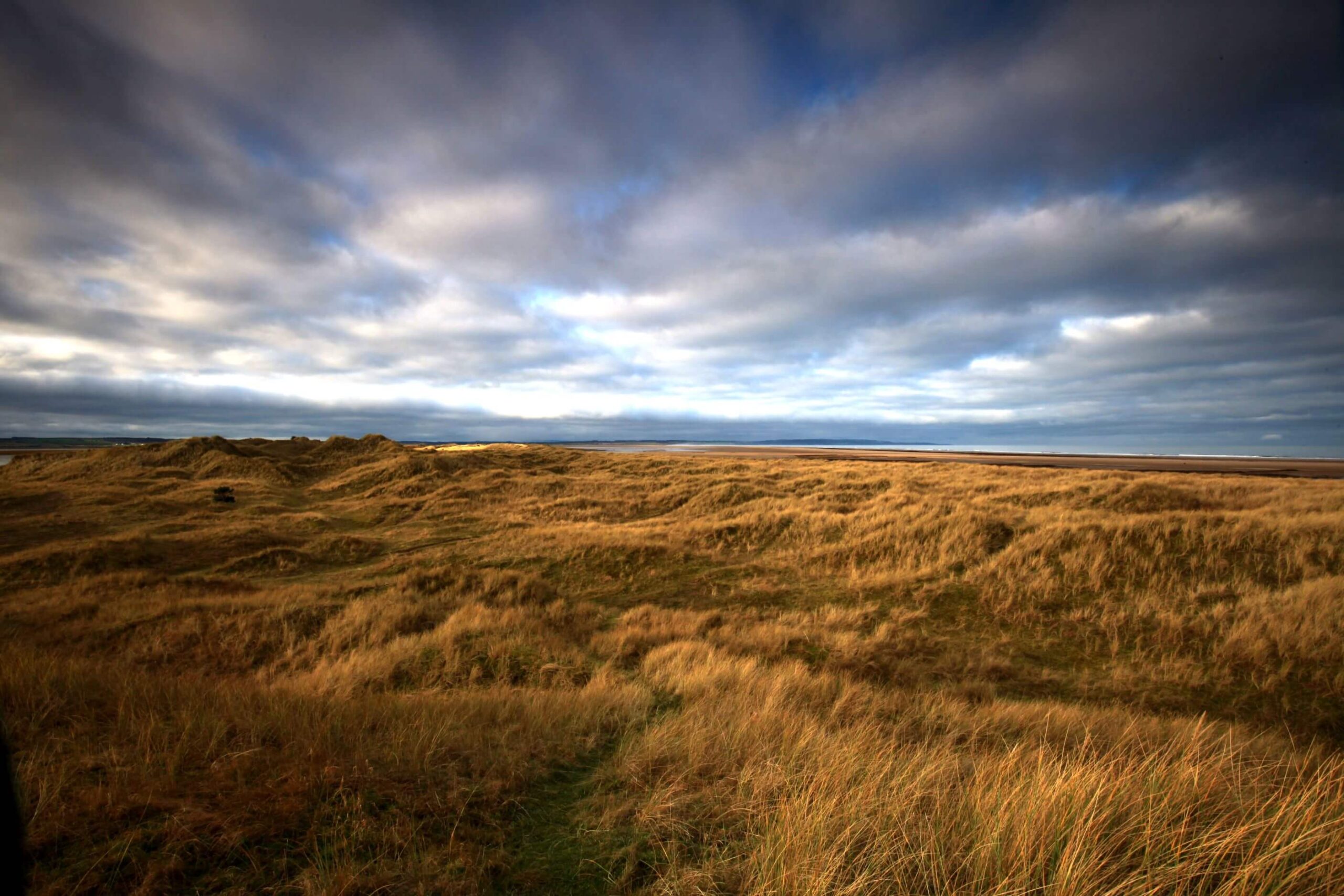
WADER is working closely with the Tweed Invasives Project to tackle riverside INNS across the Tweed catchment and North Northumberland. The Tweed Invasives Project has been operating for 22 years already, ensuring early detection and controlling the most worrying species. The Project began in 2002 in response to strong public demand. Since then, it has become one of the largest and successful of its kind in the UK, covering the entire 5000km2 Tweed catchment. Invasive plants are tackled strategically, starting at the uppermost source and working steadily downstream to prevent reinfestation and move towards eradication.
With WADER’s help, they have been able to extend their catchment-wide control of Giant Hogweed, American Skunk Cabbage and Japanese Knotweed, employ new survey technologies, such as drones, and also expand their exploration of non-chemical approaches.
Together, WADER and the Tweed Invasives Project will publish a new online biosecurity plan for the Tweed catchment by December 2025, detailing what to do, and what specific tools to use, if new species enter the catchment. A new biosecurity group will help action and update this, including representatives from the Local Authority, Environment Agency, SEPA NatureScot and Natural England. The group will meet once a year to identify new threats and any updates required.
WADER and the Tweed Invasives Project are working with stakeholders and community groups to spread awareness and give volunteers the opportunity to get involved in surveying, data gathering and direct control of the five main target species – Giant Hogweed, Japanese Knotweed, Himalayan Balsam, American Skunk Cabbage and Pirri-pirri-bur.
This is empowering communities to identify species and report finds, as well as preventing new species from establishing in the catchment, it is also vitally important for the sustainability of INNS management. To take part in a Himalayan Balsam-bashing event or pulling-party near you, please visit Himalayan Balsam – Tweed Forum.
Please report any INNS sightings in the Tweed catchment to [email protected]. Please include a photo and a grid reference, if possible.
Himalayan Balsam is prolific throughout the UK and although it has a beautiful purple flower, it forms dense monocultures in wastelands, woodlands and especially in riverside habitats where it reduces biodiversity and contributes to riverbank erosion and flooding.
Since 2016, the Tweed Invasives Project have been working with scientists at the Centre for Agriculture and Bioscience International (CABI) to trial a rust fungus biological control for Himalayan Balsam, the UK’s tallest annual plant and a vigorous grower. With the help of WADER, this is now being rolled out to five new sites. Balsam’s natural ‘adversary’ is Rust Fungus and early trials suggest it is more effective at managing Balsam than chemical spraying. The team create a potion which helps the fungus stick, then spray it on the underside of the leaves where it infects the plant. When the plant dies back in the winter, the infected leaves remain in the leaf mould and re-infect the new seedlings in the spring – thus the effect self-perpetuates. This doesn’t completely eradicate the species but reduces it to a manageable level allowing native species the chance to compete and co-exist. Some presence of Himalayan Balsam is beneficial as its long-flowering period (right up to October) make it an excellent food source for pollinators like bees. Early indications suggest the Rust Fungus is proving very effective, and many native species such as nettles and thistles are returning to the catchment.
As the rust fungus is expensive to culture and distribute, the team is considering future trials to move infected leaves from site to site to speed up transmission and reduce associated costs.
Emily Iles from the Tweed Invasives Project explains the Rust Fungus Trial ON BBC’s Landward. BBC iPlayer link here [06:48-12:15].
Over Summer 2023, WADER and he Tweed Invasives Project successfully inoculated species across the five new sites, and early results suggest the fungus has survived the winter and is already infecting emerging seedlings.
WADER and the Tweed Invasives Project have plans to trial the use of hot foam to tackle pirri-pirri burr in the grounds of Floors Castle near Kelso. Pirri Pirri is a plant species native to New Zealand and Australia, where it is known as bidgee-widgee. It is a small shrubby plant that forms dense mats which often results in the loss of native plants where it grows. It produces balls of reddish flowers in late spring which ripen into red, barbed fruits, called burrs which turn brown during the summer. It is these burrs which cause the prickly problem.
The barbed burrs detach from the plant in mid to late summer onto anything that passes – boot laces, socks, dogs and livestock.
The team plan to use Foamstream – a herbicide-free solution made from natural plant oils and sugars, which insulates hot water and helps it cover the plant for long enough for it to kill or severely damage it.
Innovative new methods are being trialled alongside traditional methods like hand-pulling, spraying and stem-injecting which in many case are still effective albeit ecologically-disruptive, time-consuming and labour intensive. In May 2023, the team used a spot-spray technique with weedkiller across the whole catchment during the germination phase, tracking the success of eradication using GIS readings. Once growth is under control, organic and less invasive measures can be deployed.
The team have also recently employed a rope access contractor to allow them to access the INNS in trickier spots like precipitous riverside cliffs and steep terrains. This has been especially helpful for tackling the spread of Giant Hogweed and Himalayan Balsam, which often release tens of thousands of seeds into the watercourses below.






